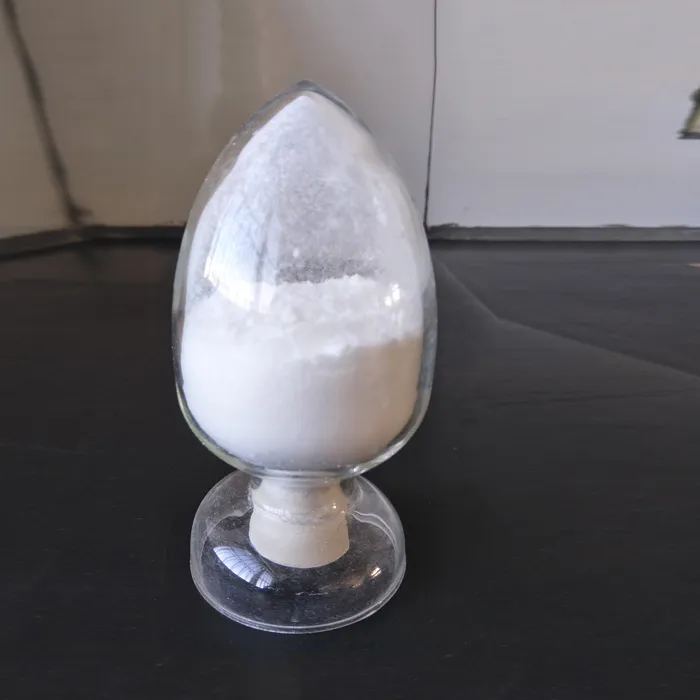Chemicals Used in Wastewater Treatment Plants
Wastewater treatment is a critical process that ensures the safe disposal or reuse of water that has been contaminated by human activities. The treatment of wastewater is complex and involves several stages, each requiring specific chemicals to aid in the removal of pollutants. Understanding the chemicals used in these processes is essential for appreciating how wastewater treatment plants function and the importance of protecting our water resources.
1. Coagulants and Flocculants
One of the initial stages in wastewater treatment is sedimentation, where suspended solids need to be removed. Coagulants are chemicals that disrupt the stability of fine particles in water, allowing them to aggregate into larger clusters, known as flocs. Common coagulants include aluminum sulfate (alum), ferric chloride, and polyaluminum chloride. These chemicals neutralize the charges on suspended particles, facilitating their aggregation.
Following coagulation, flocculants may be added to enhance the formation of larger flocs that can settle more easily during sedimentation. Polyacrylamide is a commonly used flocculant that improves the efficiency of the sedimentation process, allowing for more solid materials to be removed from the wastewater.
2. Disinfectants
Once the physical contaminants are removed, the next critical step is disinfection. Disinfectants kill or deactivate pathogenic microorganisms that can pose health risks. Commonly used disinfectants include chlorine, ozone, and ultraviolet (UV) light.
- Chlorine is one of the most widely used disinfectants due to its effectiveness and relatively low cost. However, its use can lead to the formation of harmful by-products, such as trihalomethanes.
- Ozone is a powerful oxidizing agent that can kill bacteria and viruses more effectively than chlorine, and it decomposes rapidly, leaving no harmful residues. However, its application requires specific equipment and safety measures due to its toxicity.
- UV light disinfects by damaging the DNA of microorganisms, making them unable to reproduce. This method is increasingly popular due to its effectiveness and the absence of chemical residues.
3. pH Adjusters
what chemicals are used in wastewater treatment plants

Maintaining an optimal pH level is crucial throughout the wastewater treatment process. Chemicals that adjust pH include lime (calcium hydroxide) and sulfuric acid. Lime is added to increase pH and help in the precipitation of heavy metals, while sulfuric acid is used to lower pH when necessary. The correct pH level can enhance the effectiveness of coagulants and disinfectants, ensuring efficient treatment.
4. Nutrient Removal Chemicals
In many wastewater treatment systems, particularly those treating municipal sewage, the removal of nutrients such as nitrogen and phosphorus is vital to prevent eutrophication in receiving water bodies. Chemicals that facilitate nutrient removal include
- Ammonium sulfate Used in biological processes to promote the growth of microorganisms that can convert nitrogen compounds into inert forms.
- Ferric chloride or aluminum sulfate Besides their role as coagulants, they also help precipitate phosphorus from wastewater, thereby aiding in its removal.
5. Advanced Oxidation Processes (AOPs)
For treating wastewater that is heavily contaminated or that contains persistent organic pollutants, advanced oxidation processes may be employed. AOPs typically use a combination of chemicals, such as hydrogen peroxide and UV light or ozone, to create hydroxyl radicals that efficiently break down complex organic molecules.
6. Defoamers
The wastewater treatment process can sometimes generate foam, which can interfere with the treatment operations and lead to operational issues. Defoamers, such as silicone-based compounds, are used to reduce foaming and ensure smooth operation of treatment processes.
Conclusion
The efficient treatment of wastewater is a crucial component in safeguarding public health and the environment. The chemicals used in wastewater treatment plants play significant roles in various stages of the treatment process, from removing solids and disinfecting water to adjusting pH levels and facilitating nutrient removal. As the demand for clean water continues to grow, advancements in chemical treatments and technologies will likely evolve, ensuring the effectiveness and sustainability of wastewater management practices. Understanding these chemicals not only highlights their importance in the treatment process but also underlines the need for careful monitoring and regulation to protect water quality for future generations.

